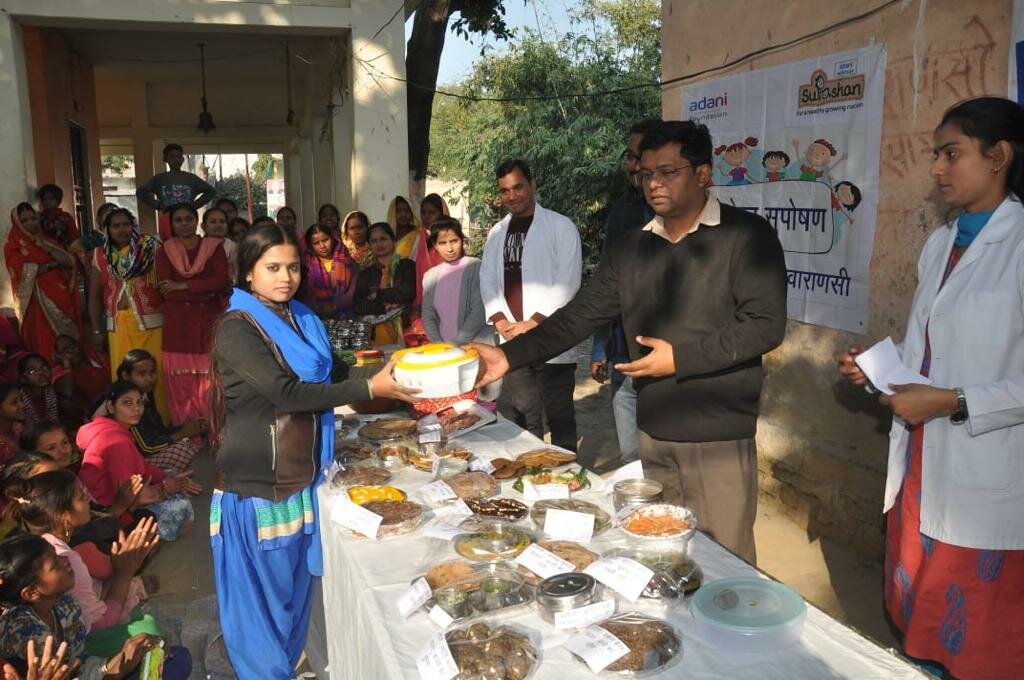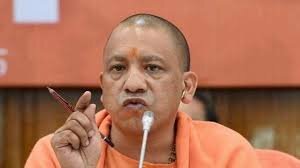Railways complete Arch closure of the iconic Chenab Bridge

New Delhi: The Chenab Bridge, the world’s highest railway bridge which is the part of the Udhampur-Srinagar-Baramulla rail link project (USBRL), set an important construction milestone on Monday with completion of the steel arch of the iconic Chenab Bridge.
According to the Ministry of Railways, this was one of the most difficult part of the bridge over Chenab. This achievement is a major leap towards the completion of the 111-km-long winding stretch from Katra to Banihal. It is arguably the biggest civil-engineering challenge faced by any railway project in India in recent history. The 5.6-metre last piece of metal was fitted at the highest point on Monday and joined the two arms of the arch that currently stretch towards each other from both the banks of the river. This completed the shape of the arch that will then loom over the treacherous Chenab, flowing some 359 metres below. After completion of the arch work, removal of the stay cables, filling of the concrete in the arch rib, erection of the steel trestle, launching of the viaduct and track laying work will be taken up.
The completion of the historic Arch work was also seen by Piyush Goyal Minister for Railways and Commerce and Industry and Consumer Affairs, Food and Public Distribution, Suneet Sharma, CEO cum Chairman ,Railway Board, Ashutosh Gangal, General Manager Northern Railway through video conferencing.
Salient Features of the Arch of the iconic Chenab Bridge
- Indian Railways is constructing the iconic Arch Bridge on River Chenab as a part of the USBRL project to connect the Kashmir valley to the rest of the nation.
- This bridge is 1315m long.
- This is the highest Railway Bridge in the world being 359m above the river bed level.
- It will be 35 meters higher than the iconic Eiffel Tower in Paris (France).
- Construction of Bridge involved fabrication of 28,660 MT steel, 10 Lakh Cum Earthwork, 66,000 Cum Concrete and 26 Km motorable roads.
- Arch consists of steel boxes. Concrete will be filled in boxes of the Arch to improve stability.
- Overall weight of Arch is 10,619 MT.
- Erection of the members of arch by overhead cable cranes done for first time on Indian Railways.
- The most sophisticated ‘Tekla’ software used for structural detailing.
- Structural steel suitable for -10°C to 40°C temperature.
Unique Features of this Bridge:
Bridge designed to withstand high wind speed up to 266 Km/Hour.
Bridge designed for blast load in consultation with DRDO for the first time in India.
Bridge will remain operational at restricted speed of 30 Km/Hour even after removal of one pier/trestle.
Bridge designed to bear earthquake forces of highest intensity zone-V in India.
First time on Indian Railways, Phased Array Ultrasonic Testing machine used for testing of welds.
First time on Indian Railways, NABL accredited lab established at site for weld testing.
Approx. 584Km welding done to join the different parts of structure, which is to the tune of distance between Jammu Tawi to New Delhi.
Height of cable crane’s pylon at Srinagar End is 127m, which is much taller than Qutub Minar of 72m.
Launching of curved viaduct portion done for first time on Indian Railways using End Launching Method.
Extensive health monitoring and warning systems planned through state of art instrumentation.






